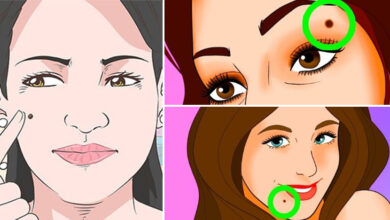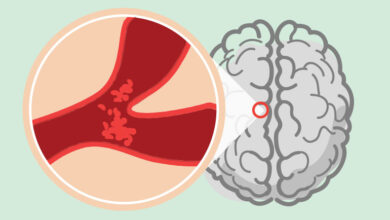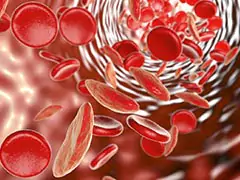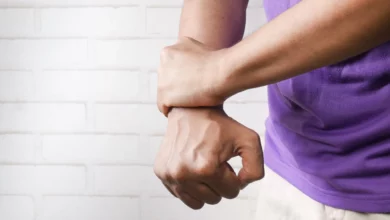Here are some home treatment options to avoid:
Don’t try to pop the cyst yourself by puncturing it with a needle or cutting into it with a sharp tool. Not only is this unlikely to be effective, but can lead to infection or a risk of recurrence.
Don’t strike your cyst with a heavy object. An old folk remedy for a ganglion cyst included thumping the cyst with a heavy object such as a book. Not only can this treatment injure the areas near the cyst, but also it can lead to infection and cyst recurrence.
After your doctor has diagnosed your lump as a ganglion cyst, remember that if your cyst doesn’t cause pain or interfere with your range of motion, treatment might not be necessary.
When to see your doctor
If you see a noticeable lump on your wrist, hand, ankle or foot, see your doctor, especially if the lump is painful. Your doctor will diagnose the condition and — whether it’s a ganglion cyst or not — they will recommend a treatment plan.
Ganglion cyst medical treatment
Painless ganglion cysts do not require treatment, so your doctor might take an observational approach, which means leaving it alone to see what happens.
If the cyst is hampering the movement your joint or causing you pain, your doctor might recommend:
Immobilizing it. A brace or splint can be used to temporarily immobilize the joint. If this approach is effective, the cyst will shrink, which could ease the pain.
Aspirating it. A needle is used to drain the fluid from the cyst.
Removing it surgically. If other approaches are unsuccessful, your doctor might opt to remove the cyst and its stalk (how it attaches to the tendon or joint).
Takeaway
Noticing a strange bump or lump anywhere on your body can be troubling and a good reason to visit your doctor. If your doctor identifies your lump as a ganglion cyst, they might recommend home treatment, medical treatment, or no treatment.
Ganglion cysts often resolve on their own, so if your cyst isn’t painful or doesn’t interfere with joint movement, treatment might not be necessary.




